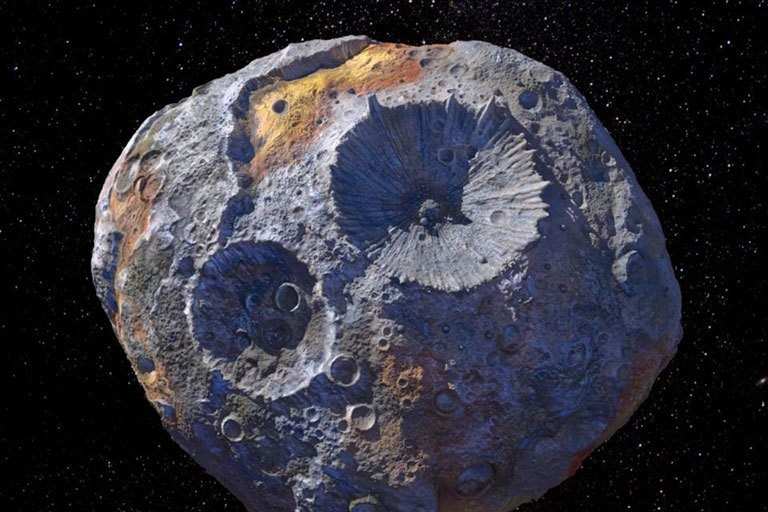The Psyche mission, which intends to investigate an asteroid rich in gold, diamonds, and platinum, was successfully launched by NASA on Friday.
On October 13 at 10:19 AM EDT (7:49 PM IST), the Psyche probe launched atop a Falcon Heavy rocket from Pad 39A at NASA’s Kennedy Space Centre (KSC) in Florida.
“We’ve launched! NASA’s DSOC (Deep Space Optical Communications) technology demonstration and Psyche spacecraft, according to a blog post from the organisation.
“Liftoff of the Falcon Heavy!” On X, formerly known as Twitter, SpaceX posted.
About 8.25 minutes after liftoff, the two side rockets of the Falcon Heavy returned to Earth and landed near to KSC at Cape Canaveral Space Force Station. According to a mission description from SpaceX, it was each booster’s fourth launch and landing overall.
This was the Falcon Heavy’s first interplanetary flight for SpaceX, as well as its first science mission for NASA’s Launch Services Programme, based at Kennedy Space Centre.
To investigate the asteroid’s composition, the mission will travel approximately six years and 3.6 billion kilometres to the same-named object orbiting the Sun between Mars and Jupiter.
The project aims to comprehend an as-yet-unexplored component of planet formation: iron cores, and will mark the first time NASA has investigated a world formed primarily of metal rather than rock and ice.
Through DSOC, which will be operational for the first two years of the nearly six-year journey to Psyche, NASA will have the first optical communications demonstration from distances beyond than the Moon.
In addition to DSOC, the Psyche spacecraft is equipped with two multispectral imagers, two magnetometers, a gamma-ray and neutron spectrometer, and more.
After traveling for nearly six years under the power of solar energy, the spacecraft will finally reach the asteroid Psyche in 2029. It will map and analyze Psyche’s characteristics for 26 months while in orbit around the asteroid.


.jpg)
.jpg)
.jpg)
.jpg)

.jpg)